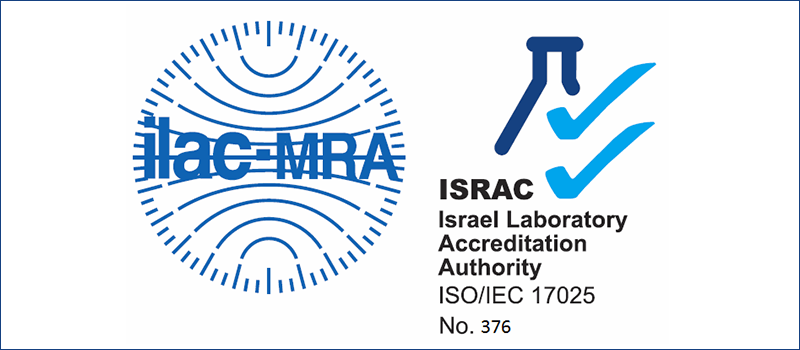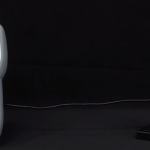Here’s a laser power density calculator, if that’s what you wanted.
Read on if you’re interested in an easy way to calculate power density – even in your head.
Laser engineers and technicians are often required to calculate a laser’s power density to determine whether a beam would damage an optic or sensor or for other various applications. By definition, power density is power per unit area which is usually expressed in terms of W/cm2.
The Calculation of power density is straightforward. By simply calculating the area of a beam using the radius in cm and dividing the beam’s power by that area the power density in units of W/cm2 is easily obtained. However, since beam size is usually given with the beam diameter in terms of millimeters to calculate power density in W/cm2 a user has to convert the diameter to cm, divide the diameter by two to find the radius, use πr2 to find the area in cm2, and finally divide the laser power by the area to obtain power density. This calculation can be a bit tedious and time consuming especially for technicians and field engineers who want to make as quick and easy a calculation as possible.
With the following formula you can directly find power density of a laser beam using the diameter of the beam in millimeters:
Here is how this equation is derived: We can write an expression for the power density of a1 mmdiameter beam, which is simply:
Dividing the expression of power density of a 1 mmbeam — Power / π(0.5mm)2 — by an expression of power density as a function of diameter — Power / π(0.5d)2 — we find that the ratio is d2. Thus, power density as a function of diameter can be expressed as the power density of a 1 mm beam divided by d2:
This formula assumes the beam is a flat top beam where the beam power density is uniform. For a Gaussian beam with a given beam waist in mm, multiply this formula by two to obtain the formula given above (The multiplication factor is due to the fact that for a Gaussian beam, the peak power in the center is twice the average power density of the beam. The value is actually closer to 255, not 250, but this difference is trivial, introducing only ~2% error. We use 250 simply because it’s easier to remember and perform mental calculations than 255! )
Information source: technical note from Newport corporations Website
You might also like to read: How to measure the peak power of a pulsed laser?
Share this:















Reference to your article “A Shorcut for Calculating Power Density of a laser beam”. The fromula derivation may not be completely correct. When you solve for PowerDensity = Power(W) / πr2 = Power / π(0.5mm)2 ≈ 127 x Power (W/cm2); the answer should 1.27 x Power (W/cm2) unless I am missing something. Thanks
Hi Ritchie,
Thanks for your comment. You’re correct that 1/(π*.5^2) = 4/π, or about 1.27. What you might not have noticed is that we are also converting mm^-2 to cm^-2, so we need to add two orders of magnitude. Thanks for pointing this out, as it may have been unclear to others as well.
hi,
what would be the formula to calculate the powerd density from a laser beam,if we also want to take into account the objective (40x) and magnification (1.6x)?
I assume we are talking about using a micro objective to focus a laser beam. Calculating the power density at the focal spot is possible, but there is not a simple formula for it. You need to know the beam size as it enters the objective and the focal length of the objective. From these you can calculate the divergence (actually convergence) angle by common trigonometry. If the beam is Gaussian then the formulas relating beam size at the waist and divergence angle are given in the article:
http://bit.ly/1792lsX
In the copclimated world we live in, it’s good to find simple solutions.
how to change power intensity and power density in ultrasonic sonicator.. and what is the formula to find it out ..
Sorry Yogesh, I’m not familiar with sonication technology, this post is about the power density of lasers. Did you check this site: http://www.sonicator.com/literature/faq.shtml#powerintensity? It seems more relevant to your question.
Good luck!
Hi,
Thank you for your kind response.
We are happy to know you find our blog post relevant and efficient.
What’s the power density at Range R?
Hi Azar,
The discussion in that blog gives a “quick-and-dirty” method for calculating (to a very close approximation) the power density of a beam, given its power and diameter. That, after all – power over area – is the definition of power density.
Range, by which I assume you mean distance from the source to the plane at which we are measuring, will affect the beam diameter according to the divergence angle of the beam; it’s a straightforward trigonometric calculation (assuming you know one of either the range or the divergence).
In any case, the discussion in our blog was focused on a quick calculation for when you know the diameter and the power – a very common situation of course, since those 2 parameters are often the ones that are directly measured.
Thank you.